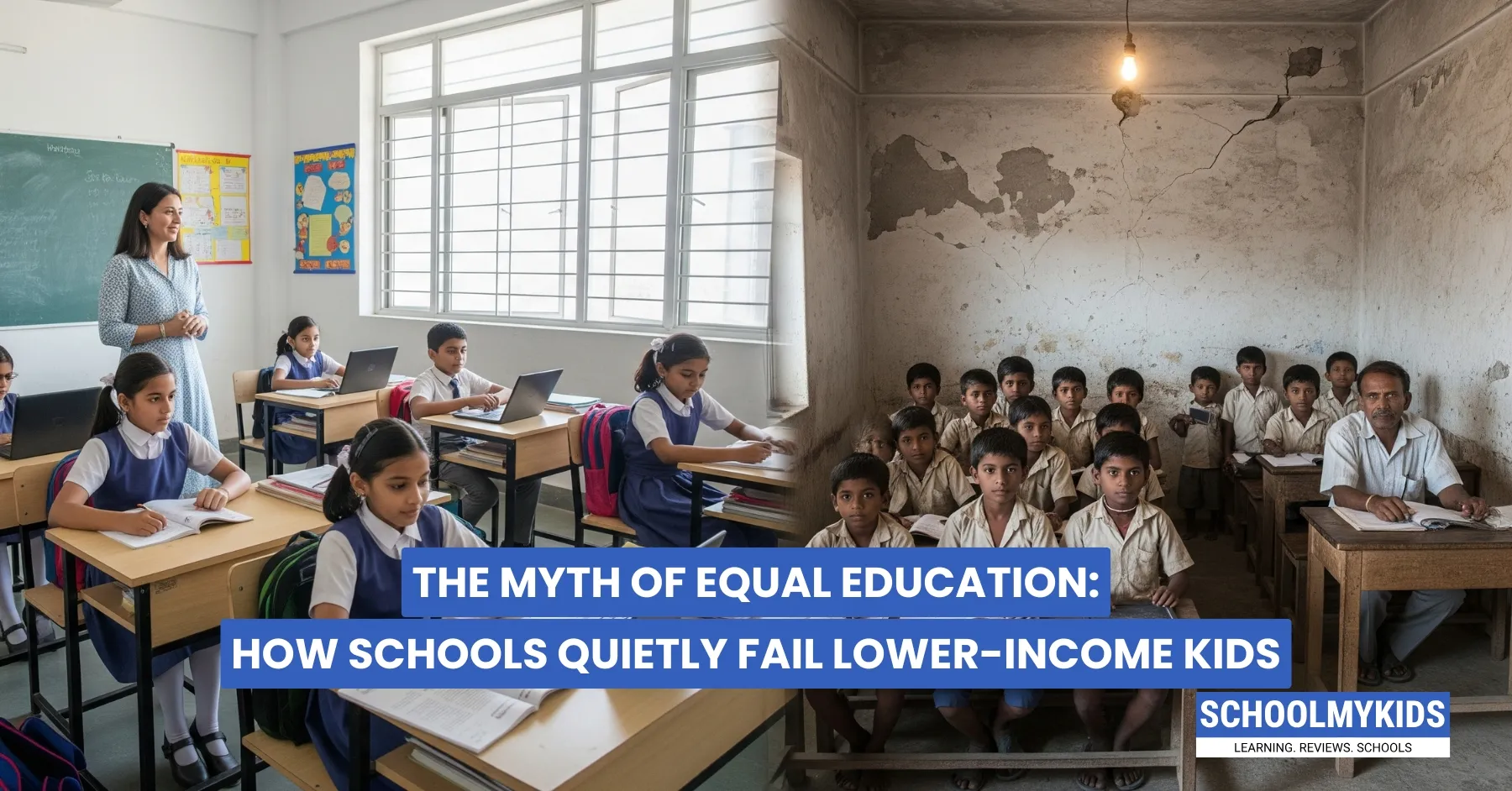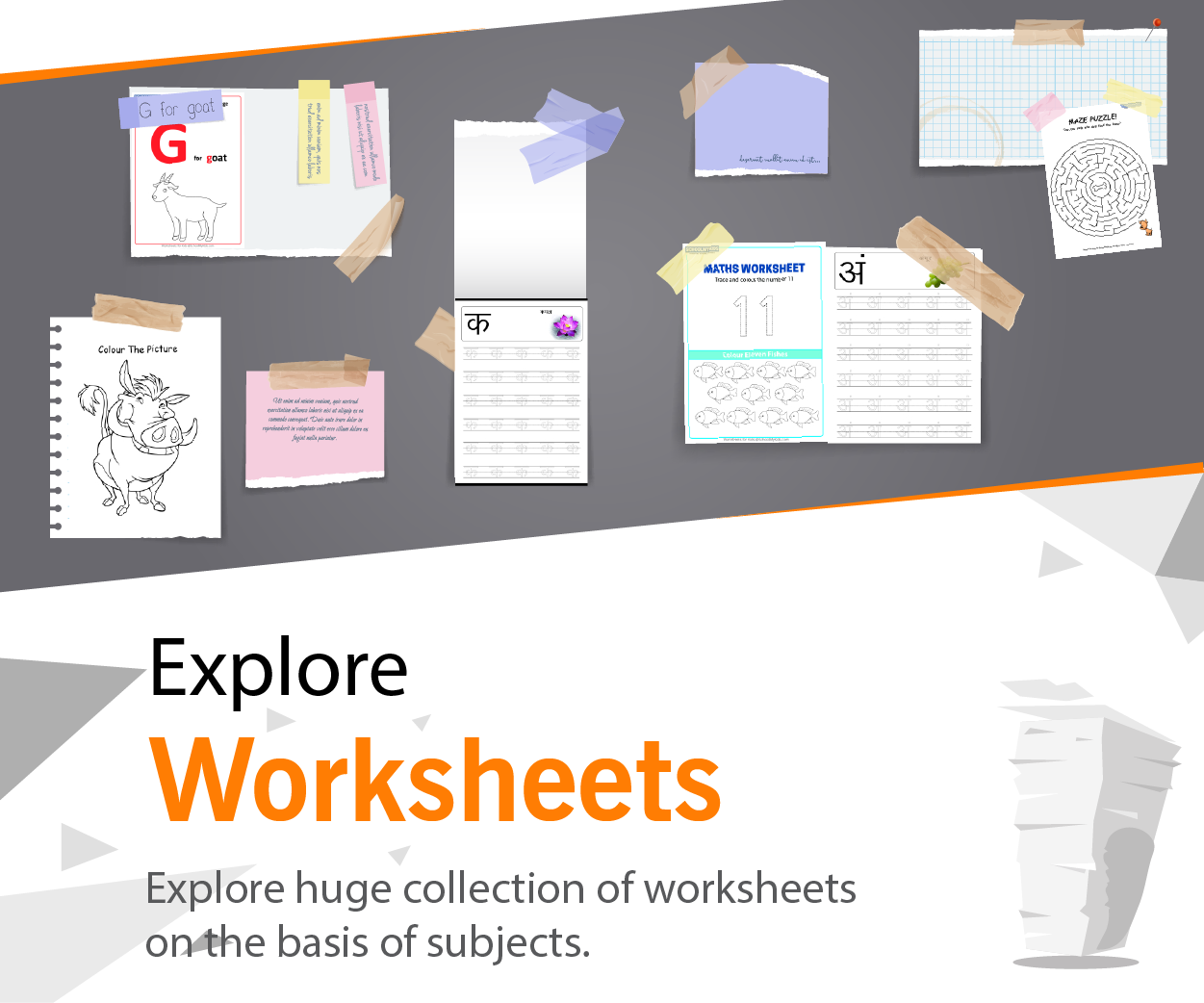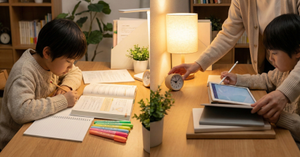Remember when we were told that education is the great equalizer? That every child, no matter where they come from, gets the same shot at success? Well, let me tell you something: that's one of the biggest lies we've been sold.
Walk into any Indian school, and you'll see kids in the same uniform sitting in the same classroom. Equal, right? Wrong.
The Reality Behind Those Uniforms
Those uniforms that are supposed to make everyone look the same? Many families spend ₹3,000 to ₹10,000 annually just on uniforms. For a family earning ₹15,000 a month, that's half a month's salary. Gone. Just so their kid doesn't get kicked out of class.
And that's just the beginning.
For private schools, families can end up spending between ₹50,000 to ₹1,50,000 per child annually. Books, transportation, exam fees, and don't even get me started on "extra" charges. Even in rural areas where costs are lower, total annual expenditure ranges from ₹15,000 to ₹40,000.
Think about that. A daily wage worker earning ₹300 a day has to save for months just to keep one kid in school. And if they have two or three children? The math becomes impossible.
The Coaching Trap Nobody Talks About
School isn't enough anymore. Everyone knows it, but nobody says it out loud.
Nearly 27% of Indian students are enrolled in private coaching, and in cities, that number jumps to over 30%. Why? Because what's taught in school simply isn't enough to crack competitive exams or even score well in board exams.
Private coaching costs between ₹500 and ₹2,000 per hour. For serious exam preparation like JEE or NEET, families spend ₹1,00,000 to ₹2,00,000 per year just on coaching classes.
Do the math. A lower-income family can't even dream of affording this. So while Raj from the private school goes to coaching classes five days a week, Amit from the government school studies from borrowed books. Both sit for the same exam. Both are told they have "equal opportunity."
Where's the equality in that?
The Widening Gap: The Numbers Don't Lie
Recent 2024 data show that by Grade 9, the gap between students from disadvantaged backgrounds and others expands to 13 percentage points in language scores. That means the system isn't helping; it's actually making things worse as kids grow older.
Research reveals that 72% of schools in some rural districts lack science laboratories, while 65% lack digital tools. Student-to-teacher ratios? Try 60 to 70 students per teacher in these areas.
Meanwhile, private schools boast smart boards, computer labs, and counselors. The gap isn't just about money anymore; it's about resources, infrastructure, and opportunity.
The Hidden Costs of "Free" Education
Government schools are supposed to be free. That's the promise, right? But here's the truth: over 80% of parents in rural areas struggle to pay the rising costs of education, with transportation costs alone forcing many students to drop out.
A survey found that nearly 30% of rural students in some states dropped out due to unaffordable transportation costs.
Think about it. The school is free, but getting there isn't. The books are free, but the notebooks aren't. The education is free, but everything needed to actually get educated? That costs money.
Over half of the total expenses on education go to tuition and exam fees alone, excluding course material, books, and uniforms.
The Myth vs. The Reality
So let's break down this "equal education" myth:
The Myth: All kids get free education until class 8.
The Reality: Even in government schools, families spend around ₹20,000 or less per year, but that's still too much for families earning ₹3 lakhs or less annually.
The Myth: Scholarships and government schemes help poor students.
The Reality: Educational disparity remains especially high within rural sectors and among Other Backward Classes.
The Myth: Hard work is all you need to succeed.
The Reality: Students from socially and economically disadvantaged families are under-represented in private tutoring and spend less on it than their better-off counterparts.
What This Means for Our Kids
We're creating generations of kids who believe they're failing because they're not smart enough, when the truth is, they never stood a chance.
A kid from a slum in Mumbai is competing against a kid from South Delhi who has private tutors, access to online resources, coaching classes, and parents who can afford to send them abroad if needed. And we call that "competition." We call that "merit."
Education inflation is running at 11-12% annually, far outpacing salary increases. A course that costs ₹5 lakhs today will cost around ₹14 lakhs in 10 years. How is a middle-class family, let alone a lower-income family, supposed to keep up?
The System Isn't Broken; It's Working Exactly as Designed
The system isn't failing lower-income kids by accident. It's designed to keep them out.
When you make coaching necessary but unaffordable, you create a filter. When you demand expenses that only some families can manage, you create a wall. When you say education is equal but deliver vastly different quality, you maintain the status quo.
Achievement hierarchies are reproduced almost identically across assessments, showing that systemic inequities are not self-correcting even under successive reform efforts.
The government knows this. Schools know this. Parents know this. The only people who don't know are the kids being told to just "study harder."
Conclusion
We wish we had a neat solution to wrap this up with. We don't. This isn't a problem that gets solved with one policy change or one scheme.
But we need to stop lying to ourselves and to our children. Education in India isn't equal. Not even close. And until we acknowledge that, until we stop pretending that a kid in a village school has the same opportunities as a kid in a private international school, nothing will change.
The myth of equal education doesn't just mislead us. It actively harms the kids who need help the most, because it tells them their failure is their fault.
It's not.









Be the first one to comment on this story.